Per Giulia Carcasi, il legno è solo in apparenza fermo, giacché sottoposto al lento logorio delle pressioni interne. Diversamente la ceramica si rompe subito, facendo (bella?) mostra dei suoi cocci, alla caduta. Il pezzo di legno, quantunque artistico, sarebbe meno pregiato? Forse no, perché esibendo subito la propria bellezza (e come nel caso della ceramica), si rischia paradossalmente di “frantumare” il desiderio di contattarla, a volte anche per curarvi i piccoli difetti. La fotografia di Ola è in bianconero. Lei ha posato sulla stretta mensola d’una parete, ed all’esterno d’un palazzo urbano. Non è una situazione molto comoda… Pare che la mensola appartenga ad un’intercapedine di legno, che ha le tavole orizzontali. Ola indossa una corona di fiori bianchi, sulla testa. Questa esteticamente “s’opporrebbe” alla sensualità nera delle calze e dei tacchi. Non è chiaro quanto si percepisca la “lenta pressione” del matrimonio, evitandone la routine. Con questa, noi intenderemmo che la passionalità iniziale (ai corteggiamenti) si rendesse “puramente ombrosa” (all’affezionarsi). E’ una fotografia in cui molti elementi (la parete, il vetro, la corona, la vestaglia ecc…) si percepiscono quasi di ceramica.
According to Giulia Carcasi, the wood is only apparently fixed, because it is subjected to the lengthy wearing away of the inner pressures. Conversely the ceramic breaks immediately, making a (fine?) show about its shards, falling. Would a piece of wood, although artistic, be less precious? Maybe not, because if the beauty is immediately exhibited (and like in the case of the ceramic), paradoxically we run the risk of shattering the desire to contact that one, sometimes also to correct there the flaws. The photography of Ola is in black and white. She posed on the narrow shelf of a wall, and on the outside of an urban building. This is not a situation very comfortable… It seems that the shelf belongs to a cavity wall in wood, which has the horizontal planks. Ola wears a crown of white flowers, on the head. This one aesthetically “would be opposed” to the black sensuality of the stockings and of the heels. It is not clear how we perceive a “lengthy pressure” of the marriage, avoiding its routine. Through this one, we would mean that the initial passionateness (with the courting) is become “purely shady” (becoming attached to our partner). This is a photography where many elements (the wall, the glass, the crown, the gown etc…) are perceived almost in ceramic.
(courtesy to Aleksandra Gajda)
Per Silvia Cervellati, liricamente nel deserto la cipria sarà rosa, al vento dell’opale. Se (astrattamente) la bellezza è un miraggio che può attrarre, essa (materialmente) rinfrescherà la pelle che deve vivere. In un deserto si formano le dune; tutto ciò non sembra (percettivamente) dissimile dal mare che ondeggia. Noi vediamo Julie in mezzo ad un piazzale asfaltato, in città. Sullo sfondo, prima dei palazzi, si stagliano massicce le colonne. Immaginiamo il miraggio d’una “rotaia” al vento, grazie alla ringhiera. Nel piazzale mancano le autovetture. Julie ha posato per uno scatto da outfit urbano. La giacca presenta il motivo del fiore rosso, fra foglie verdi, sul fondale blu. Il top ed i pantaloni sono bianchi. Così la pelle si spruzzerebbe un po’ di “cipria”, grazie al fiore che sboccia, e permettendo il metabolismo d’un sangue blu ad “opalescenza” della vitalità. Una borsa, rossa di passionalità, fungerebbe da “locomotiva” per la “rotaia” della ringhiera.
According to Silvia Cervellati, lyrically in the desert the face powder will be pink, in the wind of an opal. If (abstractly) the beauty is a mirage that can attract, that (materially) will refresh the skin that has to live. In a desert the dunes are formed; all this does not seem (perceptively) different from a waving sea. We see Julie in the middle of an asphalted square, in the city. On the background, before the buildings, the columns stand out massive. We imagine the mirage of a “rail” in the wind, through the railing. In the square the cars are lacking. Julie posed for a shot for an urban outfit. The jacket shows the motif of a red flower, between the green leaves, on a blue backcloth. The top and the trousers are white. So the skin would spray on itself a bit of “face powder”, through the flower which blossoms, and allowing the metabolism of a blue blood as “opalescence” of the vitality. A purse, red for a passionateness, would function as a “locomotive” for the “rail” railing.
(courtesy to Julia Sergeevna)
C’è un noto proverbio, caro agli anglosassoni, per il quale < Quando il sole splende, si deve fare il fieno>. Si coglie l’attimo giusto, senza tergiversare. Il fieno bagnato può diventare inutile, per gli allevatori. Se asciutto, esso è anche un “ricordo” in terra della solarità (la quale aiuta a vivere, in via ottimistica). Tetyana posa per uno scatto dalle tonalità che percepiamo “pesantemente bagnate”. Lei è all’aperto, e seduta sopra ad una rotoballa di fieno. In cielo, verso destra, pare che le nuvole “carichino” la pioggia. Noi non vediamo il volto di Tetyana, il quale è coperto dall’ombra, originatasi da un cappello di paglia. Lo scatto si farebbe dominato dalla gonna bianchissima, al centro. Qualcosa da percepire come un… “sudario” per il “sole bagnato”, mentre la paglia si sforza di “riportare alla memoria” il “ciclo della vita” (sulla rotoballa), e passando dalla semplice erba “all’impegno” (meno deperibile) d’uno stelo verso il tronco.
There is a known proverb, dear to Anglo-Saxon people, for which < Make hay while the sun shines >. We seize the right moment, without shilly-shallying. The wet hay can become useless, for the farmers. If that one, is dry, it is also a “memory” on earth for a sunshine (which helps us to live, in an optimistic way). Tetyana poses for a shot with the tones perceived by us as “heavily wet”. She is outdoors, and sitting on a bale of hay. In the sky, into the right, it seems that the clouds “load” the rain. We don’t see the Tetyana’s face, which is covered by the shadow, originated by a straw hat. The shot would allow its domination by the very white skirt, in the middle. Something that we perceive as a… “shroud” for a “wet sun”, while the straw strives to “bring back the memory” of the “cycle of life” (on the bale of hay), and passing from the simple grass to “the commitment” (less perishable) of a stem into a trunk.
(courtesy to Tetyana Morokhovska)
Per De Libero, l’infanzia nuota nei vecchi lini, in rincorse (di vivacità) fra onde di piume (scanzonate, anche in quanto pronte al “risveglio”, dopo i dolci sogni). Helga ha posato per uno scatto dai toni essenzialmente in blu: dall’arredamento ai vestiti. In particolare, lei è sdraiata prona sul divano. Pare che il corpo “nuoti”, mentre le braccia cavalcano un bracciolo, salvo poi distendere le mani in avanti. Ma quanto le tonalità blu potrebbero percepirsi in via acquatica? Il glamour è concentrato principalmente nella distensione quasi “satinata” delle dita, anche verso le unghie tinte di rosso. Gli occhi sembrano ancora un po’ “dormienti”. Il corpo, al glamour, spinge comunque la bellezza verso la sua maturazione.
According to De Libero, the childhood swims in the old linen, by the waves of feathers (light-hearted, also because they are ready for an “awakening”, after the sweet dreams) that are running after (for a vivacity). Helga posed for a shot with the tones essentially in blue: from the interior design to the clothes. In particular, she is lying down prone on the couch. It seems that the body “swims”, while the arms ride am armrest, except then they stretch forward the hands. But how much could the blue tones be perceived in aquatic way? The glamour is concentrated principally in the stretching almost “satin” of the fingers, also into the nails tinged with red. The eyes seem still a little “asleep”. However the body, through the glamour, drives the beauty into its maturation.
(courtesy to Helga Tsyrekidze)
Bibliografia – Bibliography
CARCASI G., Io sono di legno, Feltrinelli, Milano 2010
CERVELLATI S., Nuove poesie, Youcanprint, Tricase 2015
DOREY M., The camper van Bible, Bloomsbury Publishing, Londra 2022
LUPO G., Poesia come pittura: De Libero e la cultura romana (1930-1940), Vita e Pensiero, Milano 2002, p. 38
Biografia – Biography
La modella Ola Januszewska viene da Bialogard (Polonia). Lei ha vinto importanti concorsi di bellezza, a livello nazionale; ma è soprattutto appassionata di canto.
The model Ola Januszewska comes from Bialogard (Poland). She won important beauty pageants, at international level; however she is principally fond of singing.
La fotografa Aleksandra Gajda viene da Koszalin (Polonia).
The photographer Aleksandra Gajda comes from Koszalin (Poland).
La modella Julia Sergeevna non è una professionista; lei ama l’arte e la poesia.
The model Julia Sergeevna is not professional; she loves the art and the poetry.
La fotografa Natalie Sergeevna (sorella di Julia) non è una professionista; lei gioca molto bene a scacchi, e li insegna.
The photographer Natalie Sergeevna (sister of Julia) is not professional; she plays chess very well, and teaching that.
La modella Tetyana Morokhovska (qui al suo autoscatto) è anche una designer, con esperienze nel fashion e nei programmi informatici.
The model Tetyana Morokhovska (here in her shutter release) is also a designer, with experiences in fashion and in computer programs.
www.morokhovska.wordpress.com
La modella Helga Tsyrekidze (qui al suo autoscatto) è nata nel 1992. Lei vive fra Kiev (Ucraina) e Praga (Repubblica Ceca), lavorando pure come fotografa.
The model Helga Tsyrekidze (here in her shutter release) was born in 1992. She lives between Kyiv (Ukraine) and Prague (Czech Republic), working also as photographer.

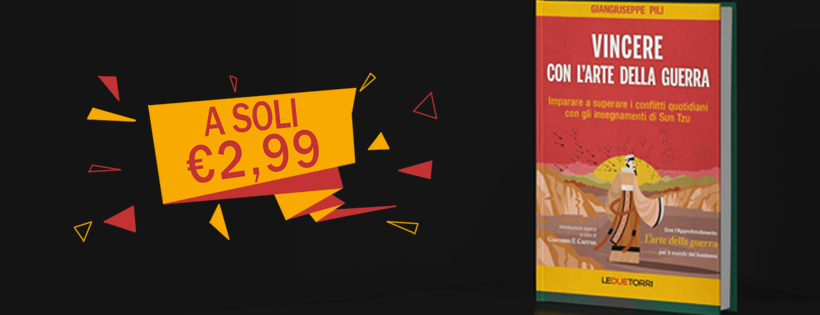
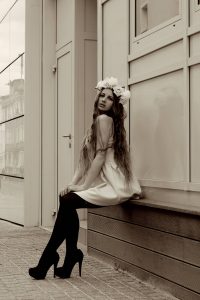
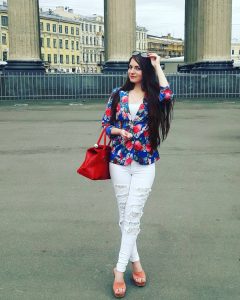
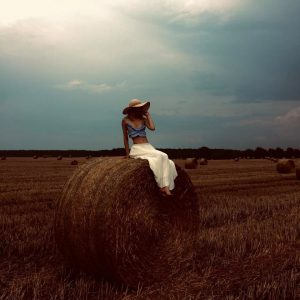
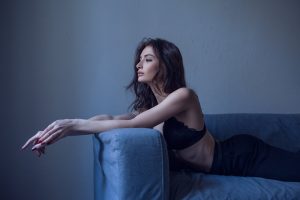
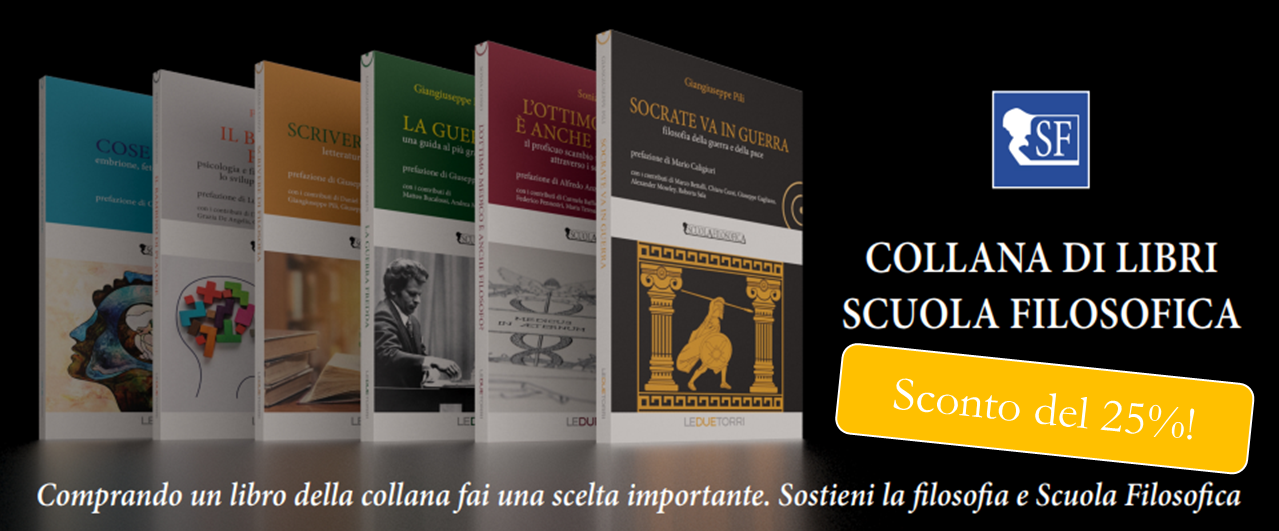

Be First to Comment